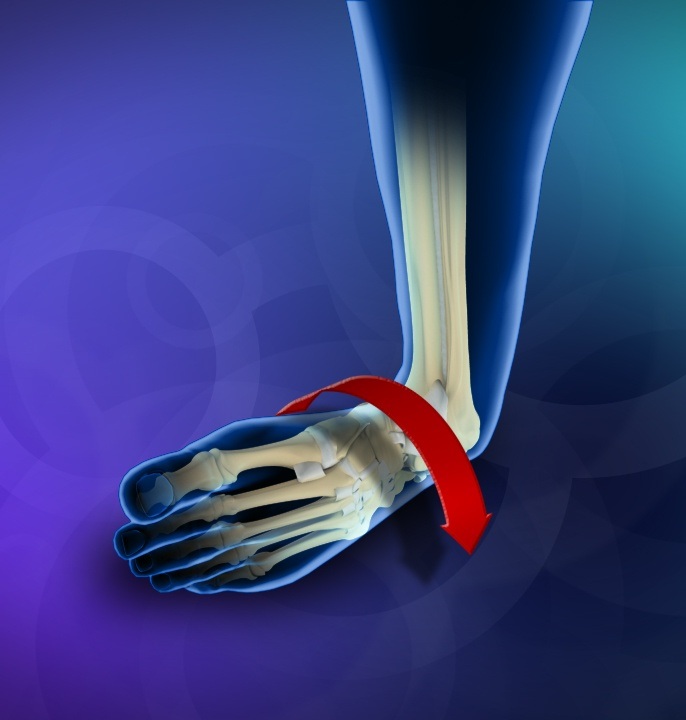Ankle Instability
Ankle instability is a chronic condition characterized by a recurrent slipping of the outer side of the ankle. It usually results from repeated ankle sprains. It is generally noticed during movement of the ankle joint but can also occur during standing.

What are the causes of ankle instability?
Repetitive injury of the ankle ligaments on the same side is the most common cause of ankle instability. Inadequate healing or incomplete rehabilitation of the affected ligament can result in instability of the ankle. Recurrent injury of the ligaments further weakens them and aggravates the instability, predisposing the development of additional ankle problems.
What are the symptoms of ankle instability?
Pain is the most common symptom and is associated with swelling and tenderness of the ankle. There may be a persistent discomfort and instability in the affected ankle joint. The ankle is unstable and may turn repeatedly while walking on uneven surfaces or during a sporting activity.
How is ankle instability diagnosed?
A complete medical history, including a history of any previous ankle injuries, and a physical examination is essential for an accurate diagnosis of the condition. An X-ray may be ordered to confirm the diagnosis. Other imaging tests may also be used to evaluate the injury.
What are the treatment options?
The management of ankle instability depends on the findings of a physical examination and the activity level of the patient.
Conservative treatment
Conservative treatment includes physical therapy for improving strength, balance and range-of-motion of the joint, bracing to support the affected ankle and prevent further sprain, and non-steroidal anti-inflammatory medications (NASAIDs) to reduce pain and inflammation.Surgical treatment
Surgery is recommended in patients with a high degree of instability and in those who have failed to respond to non-surgical treatments. Commonly used surgical procedures involve repair or reconstruction of the damaged ligament.











